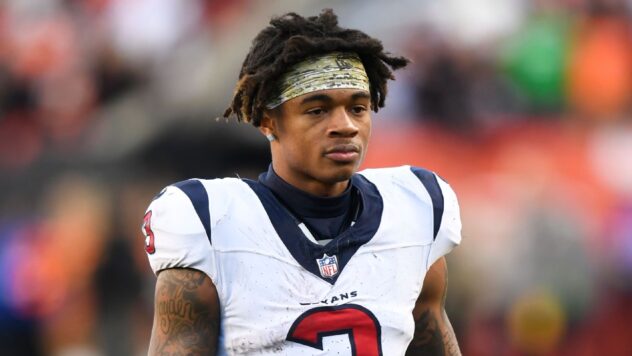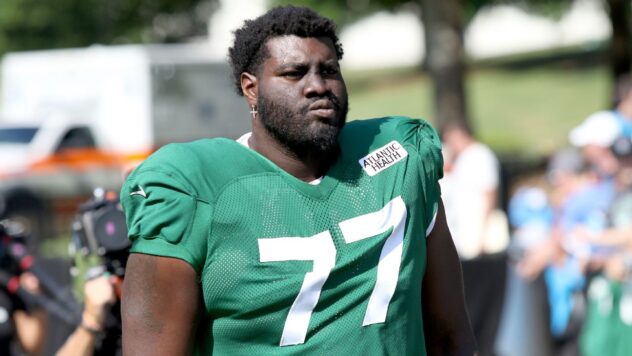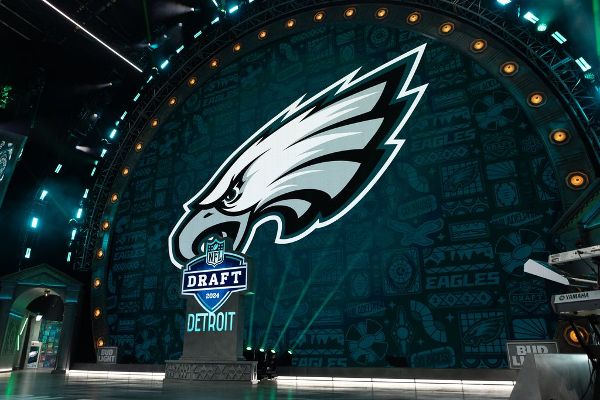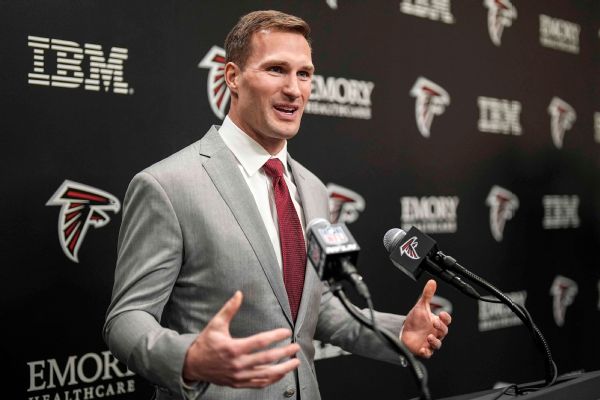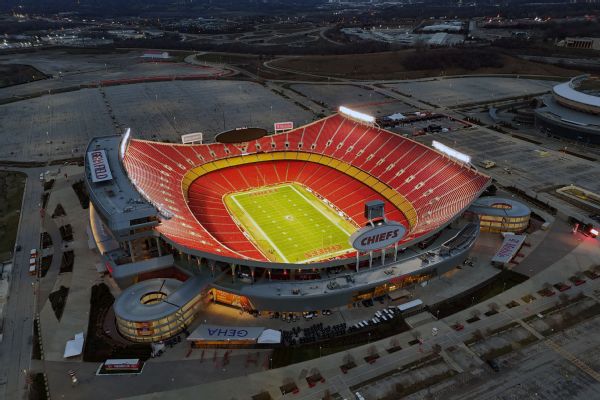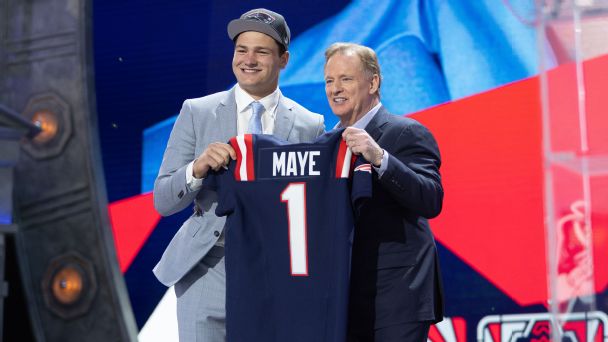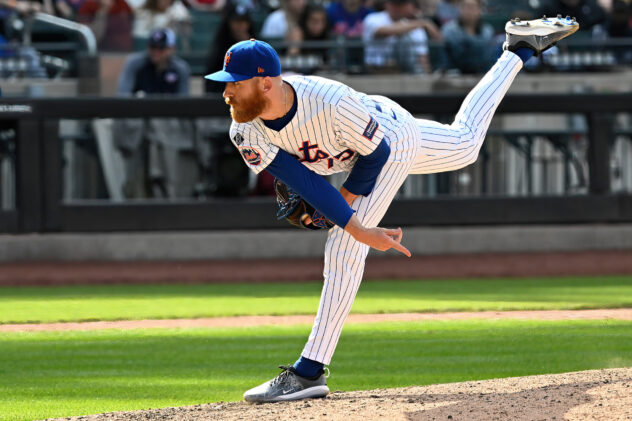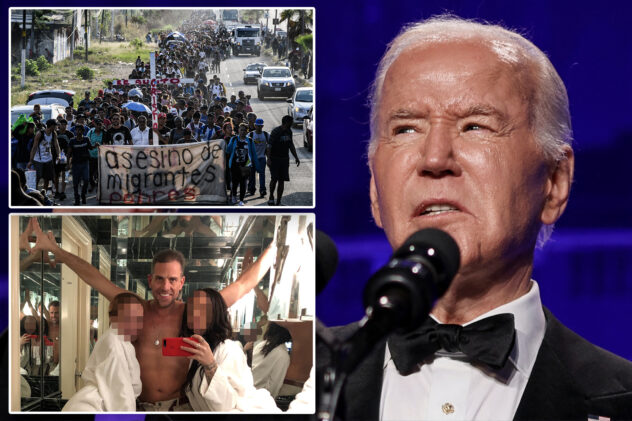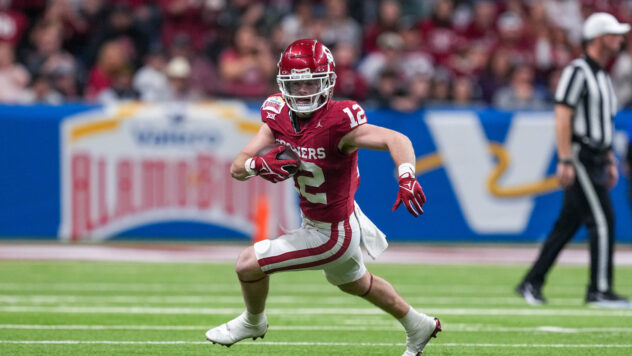Ezekiel Elliott shined for Cowboys, but exits as a warning about paying Tony Pollard

FRISCO, Texas — Now that the Cowboys have released Ezekiel Elliott, he finishes his time with the Dallas Cowboys as the third-leading rusher in franchise history. Only Hall of Famers Emmitt Smith and Tony Dorsett have more, proof of an exceptional run for the former first-round pick.
“We’re a better franchise because of the example he set for veterans and rookies alike,” owner Jerry Jones said in a statement released Wednesday.
Elliott is also a cautionary tale about paying running backs.
Both things can be true.
He was just the fifth rookie to lead the league in rushing since the 1970 merger when he finished with 1,613 yards in 2016. He added another rushing title in 2018. A six-game suspension in 2017 prevented him from rushing for at least 1,000 yards in each of his first three seasons.
Along with quarterback Dak Prescott, he energized the team in 2016 to a 13-3 finish, the best record in the NFC. Two years later, they made it to the divisional round. In 2019, he added six more 100-yard games to his ledger and finished with 1,357 yards.
Just before the start of the 2019 season, Elliott signed a six-year, $90 million extension that included $50 million in guaranteed money. He held out of training camp in order to get his money. The Cowboys eventually gave in.
The decision to make Elliott the highest-paid running back at the time can be panned now, but it made some sense then.
Once the Cowboys took him with the fourth-overall pick in 2016, they were locked into a second contract, provided he performed — and he performed. A team can’t walk away from a top-five pick after five years, regardless of position.
You can question the wisdom of taking a running back that high. The fallback option that year was cornerback Jalen Ramsey, but the Cowboys felt Elliott could extend Tony Romo’s career by taking pressure off the veteran quarterback the same way running back DeMarco Murray did in 2014.
Elliott and Romo never played in a regular-season game together because Romo suffered a back injury in the preseason and Prescott never gave up the starting job.
The Cowboys were not unaware of the shelf life of running backs when they signed Elliott to the extension. In fact, you can argue they had it in mind because the guaranteed money in the contract was done by the time Elliott was 27. If being 30 years old was the demarcation line for the drop-off, then the Cowboys felt they were on the right side of the ledger.
It wasn’t necessarily wrong to pay Elliott when they did. He and his agent, Rocky Arceneaux, played the system perfectly and were helped by the fact that the Cowboys could not get Prescott to agree to a long-term deal. The structure of the contract also favored Elliott, since his 2022 guarantees were earned in 2021.
It just didn’t work out.
In 2020, Elliott ran for 979 yards and had just one 100-yard game. In 2021, he was off to a fast start until a partially torn posterior cruciate ligament in his right knee limited his burst. He finished with 1,002 yards in 17 games, gutting it out for the bulk of the season while wearing a brace.
Last season, he ran for a career-low 876 yards but scored 12 touchdowns. He suffered a hyperextended knee against the Detroit Lions, missed two games, and for the first time did not record a 100-yard outing. He remained an excellent short-yardage and goal-line back, as well as a dominant pass-protector.
Running backs, however, are not paid $15 million a year to protect the passer.
Tony Pollard’s ascension and Elliott’s decline coincided. Pollard’s speed and vision led to a Pro Bowl season and the $10.091 million franchise tag. When Pollard was lost to an ankle injury in the playoffs against San Francisco, the Cowboys’ chances of winning were doomed.
And now the Cowboys are faced with a similar contract dilemma with Pollard.
Do they pay him a mega-contract or play out the season on the tag?
How the Elliott extension turned out is probably enough to give the Cowboys pause.

